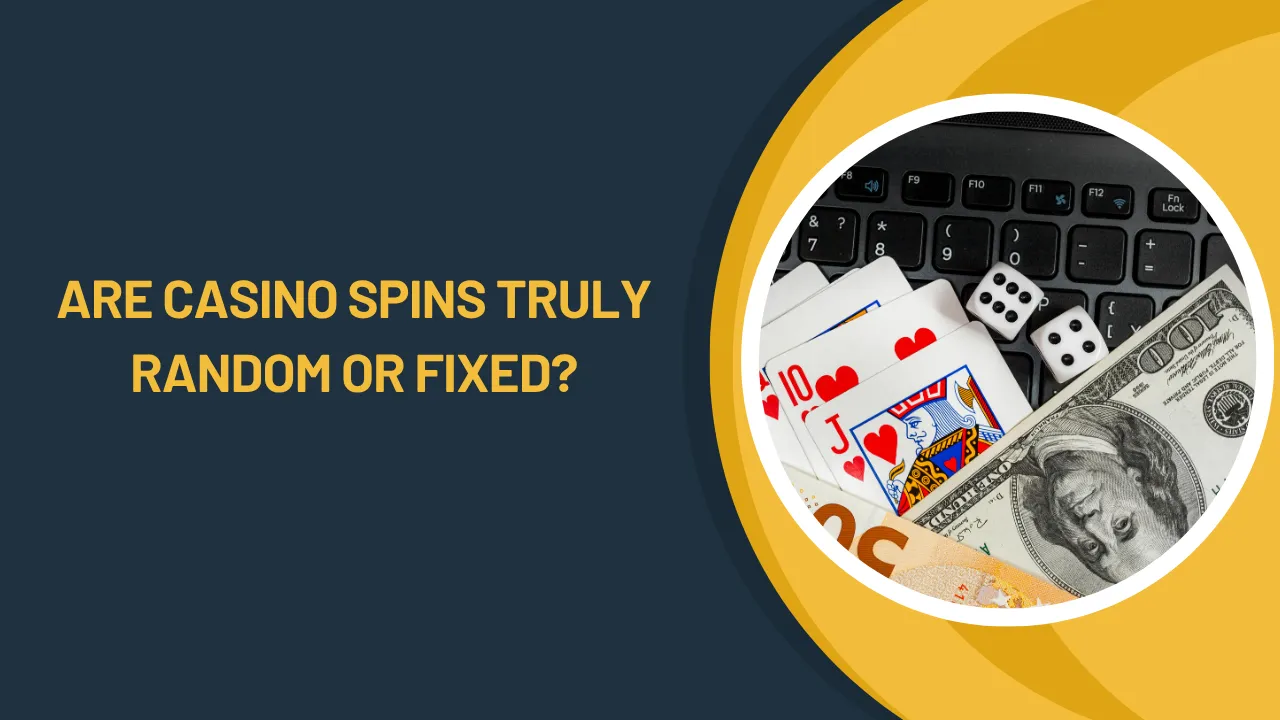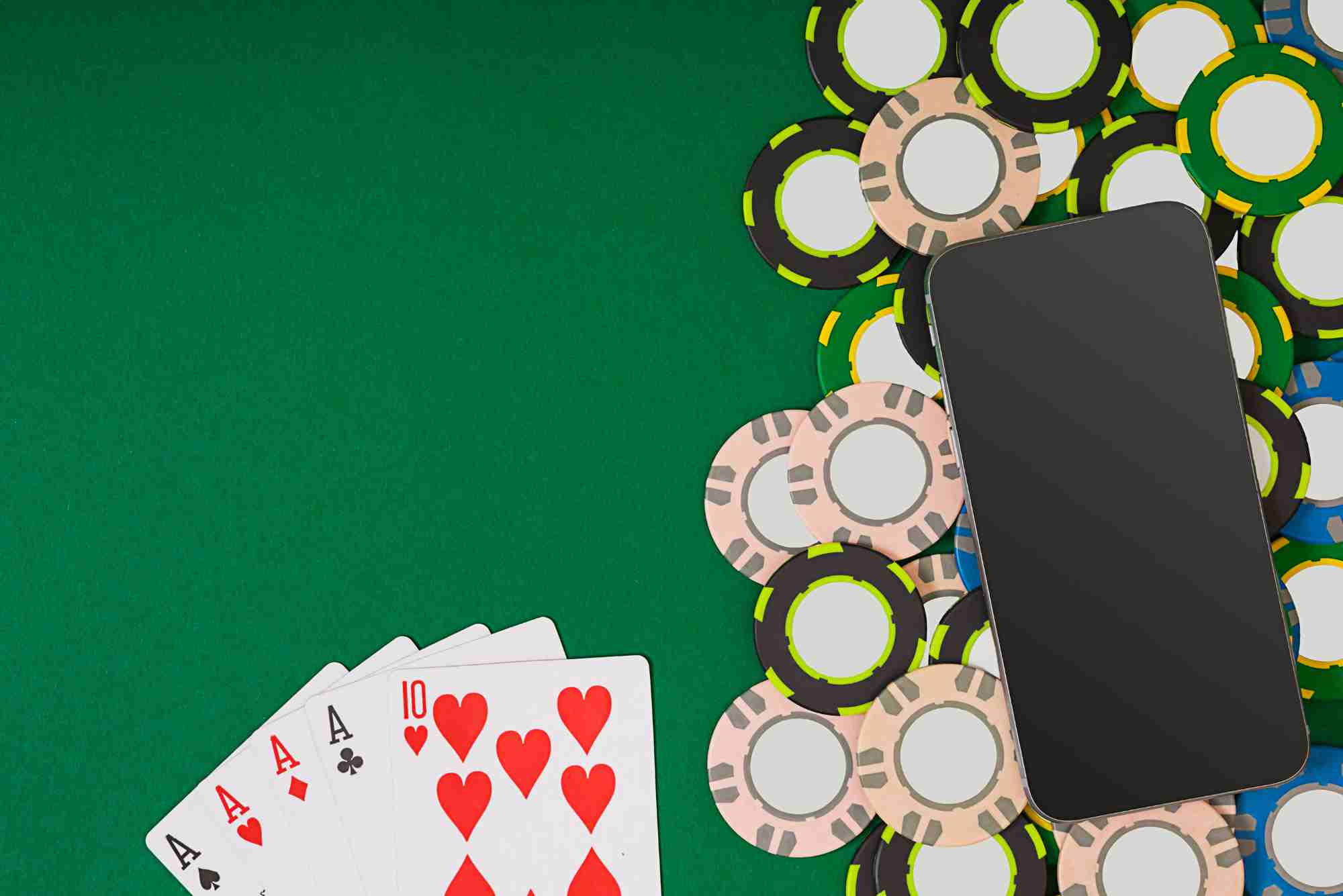Imagine walking into your favorite casino—whether it’s the plush carpets of a land-based venue or the sleek interface of an online platform—and being greeted by a personalized set of challenges tailored just for you. That’s the magic of a dynamic mission generator in loyalty casinos. As someone who’s overseen loyalty programs and worked on gamification systems, I’ve seen how these engines transform passive rewards into engaging adventures, boosting both fun and retention.
The Basics of Loyalty Programs in Casinos
Loyalty programs have long been a staple of the casino industry. Traditional systems rely on tiers—Bronze, Silver, Gold—where players earn points based on wagering activity and climb levels for better perks. While tiered benefits like free spins or complimentary meals work, they can feel static after a while. Many players plateau at mid-levels, seeing the same mundane promotions week after week.
Enter gamification. Inspired by video game mechanics, casinos started layering missions or quests on top of point accrual. Instead of simply “play 100 spins to earn 1,000 points,” you might encounter missions like “land three bonus symbols in one session.” These missions break the monotony and feel more like a challenge than a chore.
How Dynamic Mission Generators Work
At its core, a dynamic mission generator is an algorithmic engine that creates, customizes, and updates player challenges in real time. Unlike pre-set missions that cycle on a fixed schedule, dynamic generators analyze each player’s history, preferences, and behavior. By doing so, they tailor missions that are achievable yet motivating.
In practice, the system ingests data—games played, session lengths, bet sizes—and matches players to missions with varying difficulty levels. If you’re a high-stakes baccarat fan, your missions might involve specific baccarat side bets. Slot enthusiasts who try different themes could get missions requiring plays on new titles. This personalization reduces frustration: missions aren’t way ahead of your skill level, nor are they so simple they feel pointless.
The Role of AI and Machine Learning
Personalization at Scale
Most dynamic mission generators leverage AI and machine learning models. These models spot patterns across thousands of players. For example, they might notice that players who complete missions involving free spins are 20% more likely to return within three days. That insight informs mission assignment, encouraging behaviors the casino wants—like returning during off-peak hours or trying high-RTP games.
Adjusting in Real Time
The generator tracks mission completion in real time. If you complete a mission too quickly, the system can raise the difficulty or offer a bonus “challenge mission” to keep you engaged. Conversely, if you struggle, it can shift you to more manageable tasks. This adaptive approach maintains a sweet spot of challenge and reward.
Benefits for Players and Operators
Dynamic missions create a win-win scenario. Players experience a more interactive journey, earning rewards that feel personally relevant. Meanwhile, operators see higher retention rates, increased game diversification, and better lifetime value metrics.
In my experience consulting for online operators, sites offering dynamic missions saw a 15% uplift in weekly active users and a 10% increase in average revenue per user. Players reported feeling “valued” and “understood,” reinforcing loyalty beyond simple cashback percentages or tier-level perks.
Integrating Dynamic Missions with Responsible Gaming
Avoiding Over-Gamification
A personalized mission system walks a fine line between engagement and over-stimulation. Responsible gaming safeguards should be baked in. For instance, if a player shows signs of chasing losses—rapid session lengths or sharply increasing stakes—the system can pause missions or offer cooling-off missions like “take a 30-minute break and earn bonus points.”
Supporting Self-Exclusion Choices
Some players choose self-exclusion or mitigation tools. If they opt into a list of casinos not on GamStop, they may seek environments without UK self-exclusion constraints. Ethical operators flag such settings and ensure dynamic missions respect exclusion requests, redirecting promotional efforts elsewhere.
Real-World Example: Mission-Driven Launch
Late last year, a mid-tier online casino partnered with my team to trial a dynamic mission generator. They launched with a set of core mission categories: Slot Explorer, Table Game Strategist, and Social Gambler challenges. Each category had missions ranging from “Play 50 spins on new slots” to “Win two blackjack hands in a row.”
Within a month, completion rates for these missions hit 40%, compared to just 22% for the old static missions. More impressively, players who engaged with at least one dynamic mission returned 28% more often than those who didn’t.
Player Feedback
Our surveys highlighted a trend: players enjoyed the spontaneity. One enthusiastic user wrote, “I felt like I was on a casino RPG quest—I actually looked forward to missions popping up.” Another noted that missions encouraged exploration: “I tried games I never would have touched before.”
Technical Considerations for Implementation
Data Collection and Privacy
Any dynamic mission generator relies on robust data pipelines. Operators must collect session logs, bet details, and completion metrics. Equally important is data privacy compliance. GDPR and similar regulations require explicit consent and secure storage of player information.
Flexibility and Scalability
Since player bases can range from thousands to millions, the mission generator must scale. Cloud-based microservices often handle mission assignment, tracking, and reward fulfillment. This architecture allows operators to roll out updates—new mission types or reward structures—without downtime.
Balancing Reward Structures
Too generous and missions eat into margins; too stingy, and players lose interest. A smart mission generator includes financial modeling that forecasts reward costs versus expected incremental revenue. My team uses A/B testing to fine-tune point values, ensuring sustainable profitability.
Measuring Success and Iteration
After launch, monitoring key performance indicators (KPIs) is critical. Common KPIs include mission acceptance rate, completion rate, incremental revenue per mission, and uplift in game diversity (participation across different game verticals). Regular iteration—tweaking mission difficulty or reward levels—keeps the system fresh.
Long-Term Engagement
A dynamic mission generator isn’t a “set and forget” tool. To maintain long-term engagement, operators introduce seasonal or event-driven missions—for example, “New Year’s Spin Marathon” or “Summer Blackjack Challenge.” These special mission batches reignite interest among regular players.
The Future of Casino Loyalty
Dynamic mission generators represent just one frontier in loyalty innovation. Augmented reality (AR) missions, location-based in-land casinos, and NFT-powered rewards could be next. Imagine scanning a physical slot machine with your phone to unlock an exclusive mission, or earning tokenized achievements that you trade on secondary marketplaces.
Though the technologies will evolve, the core principle remains: meaningful personalization drives engagement. By meeting players where they are and offering tailored challenges, casinos can foster deeper relationships and stand out in an increasingly competitive market.








